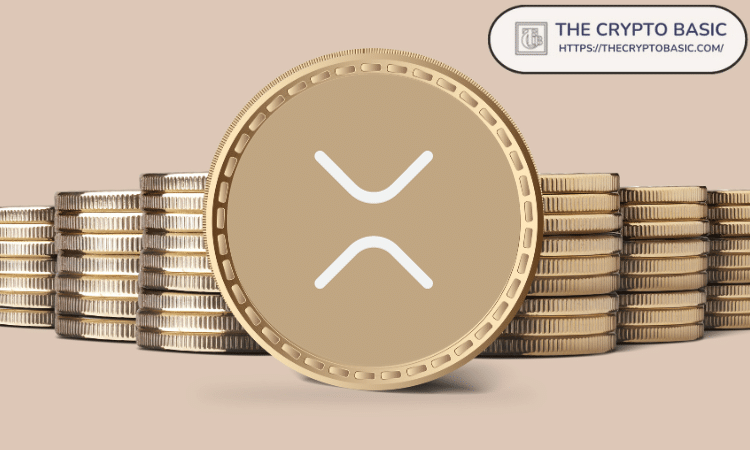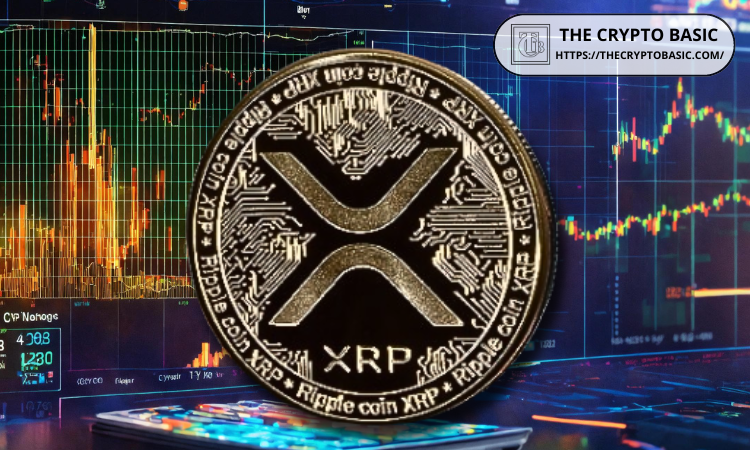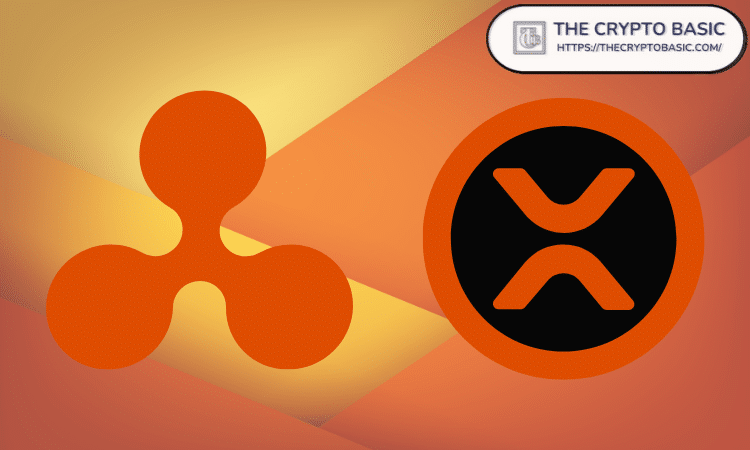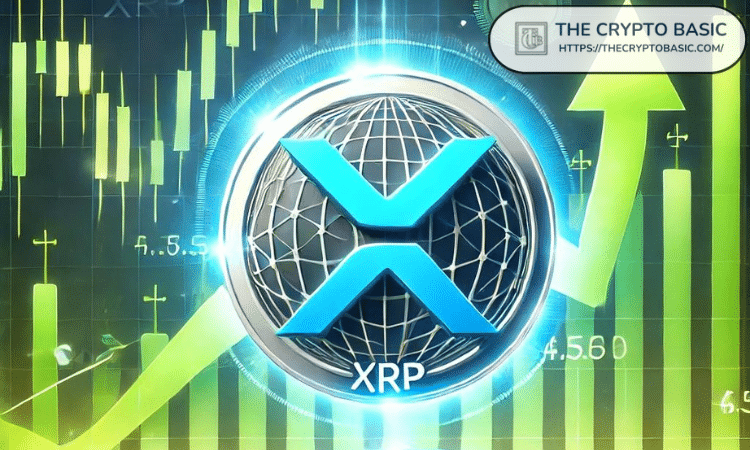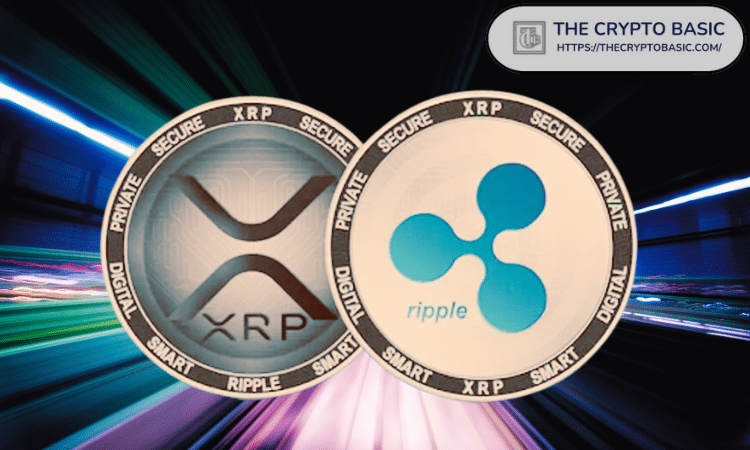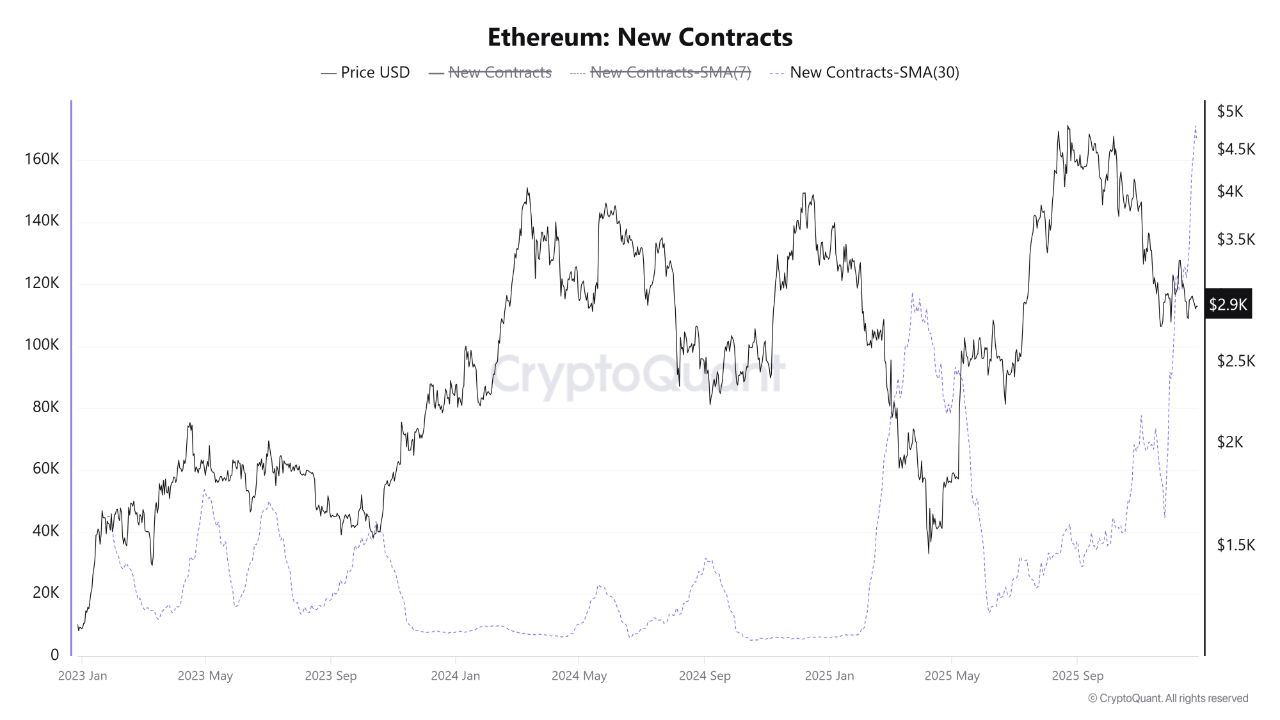Perpetual futures are one of the most commonly traded products in crypto — especially among traders who want to use leverage. They’re flexible, don’t expire, and let you go long or short with ease. But there’s one part many traders don’t think about until it’s too late: funding fees. These fees aren’t hidden, but they can catch you off guard if you don’t understand how they work. They’re charged every few hours, and depending on the market, you’ll either pay or receive a small amount — automatically. Over time, these small amounts add up. The purpose of funding fees is pretty straightforward: they help keep the price of perpetual contracts aligned with the spot market. Without this system, the futures price could easily drift out of sync — especially during strong uptrends or panics. In this article, I’ll walk through what funding fees are, why they exist, and how to manage them so they don’t quietly eat into your profits over time. Key Takeaways Funding fees are small payments exchanged between long and short traders every few hours on perpetual futures contracts. They exist to keep the futures price aligned with the spot price, preventing major price distortions. Positive funding means longs pay shorts; negative funding means shorts pay longs. These fees can quietly eat into your profits over time, especially with high leverage or long holding periods. Exchanges calculate funding rates differently, typically based on market imbalance and interest rate formulas. What Is a funding fee? In crypto trading, a funding fee is a small amount that gets paid between traders — usually every eight hours. It’s a core feature of perpetual futures contracts and how they work, helping to keep the futures price in line with the spot market. Here’s the basic idea: when more people are going long (betting the price will go up), the funding rate tends to turn positive. In that case, long traders pay a fee to short traders. If the market flips and shorts outnumber longs, the rate goes negative, and now short traders are the ones paying. You don’t have to do anything to send or collect it. The platform handles all of that automatically. It’s part of the contract, and the fee is settled straight from your account. Most of the time, the fee is pretty small — maybe not even noticeable on a short trade. But if you’re holding a position for a few days or using high leverage, it can start to eat into your profits. So, it’s worth paying attention to, especially if you’re trading in a crowded market. How is the funding rate calculated? The funding rate is one of those things that catches new traders off guard. It’s not a flat fee, and it doesn’t work like trading fees or commissions. Instead, it’s a small amount of money paid between traders every few hours, and it’s based on how the market is behaving. There are two main parts to the funding rate: the interest rate and the premium index. The interest rate is usually a fixed value set by the exchange, often around 0.01% every 8 hours. It doesn’t change much. The premium index is where things get interesting — this measures the difference between the price of the perpetual futures contract and the actual spot price of the coin. If the futures price is higher than spot, it usually means most traders are going long. In that case, longs pay shorts. If it’s the other way around, and shorts dominate the market, then shorts pay longs. This keeps everything in balance. Each exchange calculates this a bit differently. Binance, Bybit, and Phemex all use their own formulas, but the general idea stays the same: the more demand on one side of the market, the more likely you are to pay the fee — not receive it. It’s not a huge fee on paper, but over time it adds up. Especially if you're holding a position for a few days in a sideways market. Why do funding fees exist? If you’ve spent more than a few minutes trading perpetual futures, you’ve probably come across something called a funding fee. It’s not exactly a flashy part of crypto trading, but it’s pretty important — and if you don’t understand it, you might end up wondering why your PnL keeps bleeding even when the price isn’t moving much. In short, funding fees exist to keep the price of a perpetual contract aligned with the spot market. Because these contracts never expire, the platform needs a way to stop prices from drifting too far in either direction. That’s where funding steps in. Here’s how it works: when the market is overly bullish, perpetual contracts often trade above spot price. In that case, longs pay shorts a small fee every few hours. The idea is to make going long a bit more expensive, which nudges things back toward balance. If the market flips and contracts trade below spot, then shorts pay longs instead. It’s not about punishment — it’s just a mechanism to encourage fair pricing. Think of it like a gentle push to stop the market from getting lopsided. In volatile environments, this small detail makes a big difference. Without funding fees, prices could spiral out of sync, creating risk for traders and the platform alike. So while they’re easy to overlook, funding fees are part of what keeps perpetual futures stable and functional. How funding rates impact your day-to-day trading If you’re trading perpetual futures, funding fees are something you’ll want to pay attention to. They’re often not huge on a per-hour basis, but they can quietly add up — especially if you’re holding a position for more than a day or two. Let’s say you’re long on BTC ($87,850.00) during a bullish period. Odds are, the funding rate is positive, which means you’re paying a fee every 8 hours just to keep your position open. If you’re using higher leverage, that fee gets even bigger. Over time, these costs can really eat into your profits — or worse, turn a profitable trade into a loss. This is particularly risky for traders who take a more passive or long-term approach. If your strategy involves holding for several days or weeks, it might make more sense to look for low-funding-rate pairs. Some traders even flip this around by shorting assets with consistently high positive funding. This way, you’re actually being paid to hold the trade — a tactic known as a carry trade. It doesn’t always work, but in sideways markets, it can help offset costs. A good example of funding getting out of hand happened during the 2021 meme coin pumps. Coins like DOGE ($0.12) and SHIB ($0.00) saw funding rates skyrocket as hype exploded. At one point, traders were paying over 0.3% every 8 hours just to stay long — that’s more than 2% per day. And that’s before accounting for price movement. In short, funding rates are an easy thing to ignore — until they aren’t. Whether you’re scalping or swing trading, it’s worth checking the rate before opening any leveraged position. Pro tips for managing funding costs Funding fees can quietly drain your balance, especially if you're holding positions over long periods. Here’s how smart traders manage them: Trade near funding cutoffs. Funding is usually paid every 8 hours. By opening or closing a position shortly before the funding timestamp, you can avoid paying the fee—or collect it if the market leans in your favor. Hedge high-fee pairs. If you're long on a pair with high positive funding, consider opening a short on a similar asset with negative funding. This can help neutralize the cost. Watch out in sideways markets. Many traders overlook funding in low-volatility conditions. But even without price movement, fees can chip away at your margin. If you’re not actively trading, it may be better to close your position and re-enter later. Small adjustments like these can make a noticeable difference over time. Final thoughts: Don’t let funding fees catch you off guard Funding fees are one of the most overlooked costs in crypto leverage trading. While they might seem small on the surface, over time they can eat into profits or compound losses—especially if you're holding positions through multiple funding intervals. Unlike trading fees, they’re not paid upfront, which makes them easy to ignore until they start draining your account. Understanding how funding works gives you a real edge. It helps with smarter timing—knowing when to enter or exit a position—and more accurate position sizing, particularly for longer-term trades. If you’re trading during periods of high market imbalance, a poorly timed entry can result in paying funding every eight hours. To stay ahead, monitor funding rates on your chosen exchange and use tracking tools or calculators to project costs. Don’t trade blind—make funding part of your strategy, not a surprise.
Funding Fees Explained: How Perpetual Futures Keep the Crypto Market in Check

The Crypto Basic 8 months ago 293
 License.
License.- Homepage
- Technology
- Funding Fees Explained: How Perpetual Futures Keep the Crypto Market in Check
Related
Crypto Regulation Is Moving From Announcements to Enforcement
Top 10 Instagram Story Viewers You Should Try in 2026
Top Sous Vide Manufacturers | Find Reliable Suppliers and Products
The UK’s Shift Towards Refillable Systems
Top Brokers Offering Free Demat Accounts in India
Top Investor Says XRP Is Designed to Price Out Retail
What’s the Best Way to Store Personal Documents?
Here’s What Can Reduce Ripple Need to Sell XRP
Search Crypto News
24/7 CRYPTOCURRENCY WORLD NEWS
The latest Top News, only from Leading exponents of BlockChain, Bitcoin, Stablecoins, Altcoins and different Accredited Crypto Currency Sources.
Since 2015, our Mission was to Share, up-to-date, those News and Information we believe to represent in an Ethical and sincere manner the current Crypto Currencies World. A point of Reference 24/7: everything you are looking for, in one place!
We have always tried to give priority to the News and the Sources; for this reason we have designed this New Version of BitRss.com with a clean and simple Style, usable by all Devices, fast and effective. Our exclusive Algorithm, in addition to filtering (a lot..) sponsored content of dubious interest, Lists the News, in Chronological order of Publication on the Internet, allowing our Users to Follow the Flow of Articles in a fast and intuitive way.
You can also check the Cryptocurrency Price in Real Time directly in the shared Articles (TAG's highlighted in green), which allows you to Learn more about the Market Trend of that particular Coin with many other related information. Each content includes always a direct Link and Real Time Screenshot of the Article's Source.
 24h Most Popular
24h Most Popular
What Crypto Whales Are Buying For Potential Gains In January 2026
Bitcoin & Ethereum 2025 – Year in review and 2026 outlook
 Utilities
Utilities
Learn About Bitcoin
Learn about Blockchain
Learn about Cryptocurrency
Learn about BTC Terminology
Comments Netiquette
Activity Links
Submit your Rss
 Learn
Learn
BlockChain Knowledge
Cryptocurrency Knowledge
Bitcoin Knowledge
 Links
Links
XML | Ping
Follow on Linkedin
Follow on X
© BitRss - Crypto World News 2025.
All rights are reserved
BitRss World Crypto News | Market BitRss | Short Urls
Design By New Web | ScriptNet







